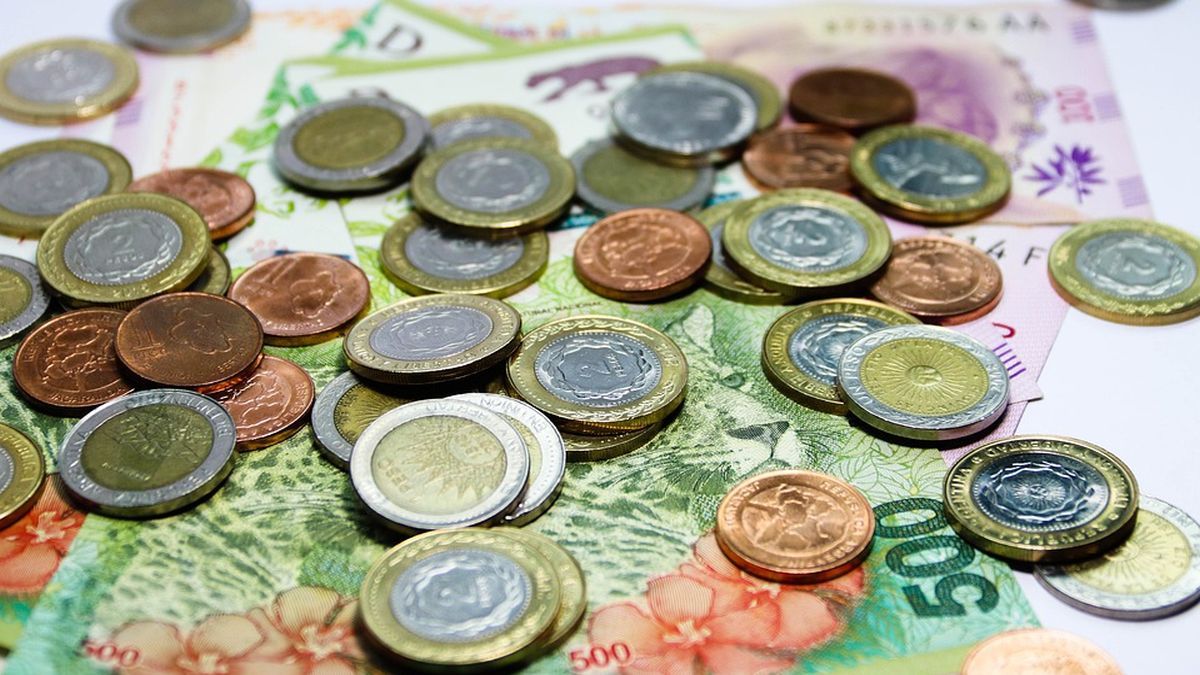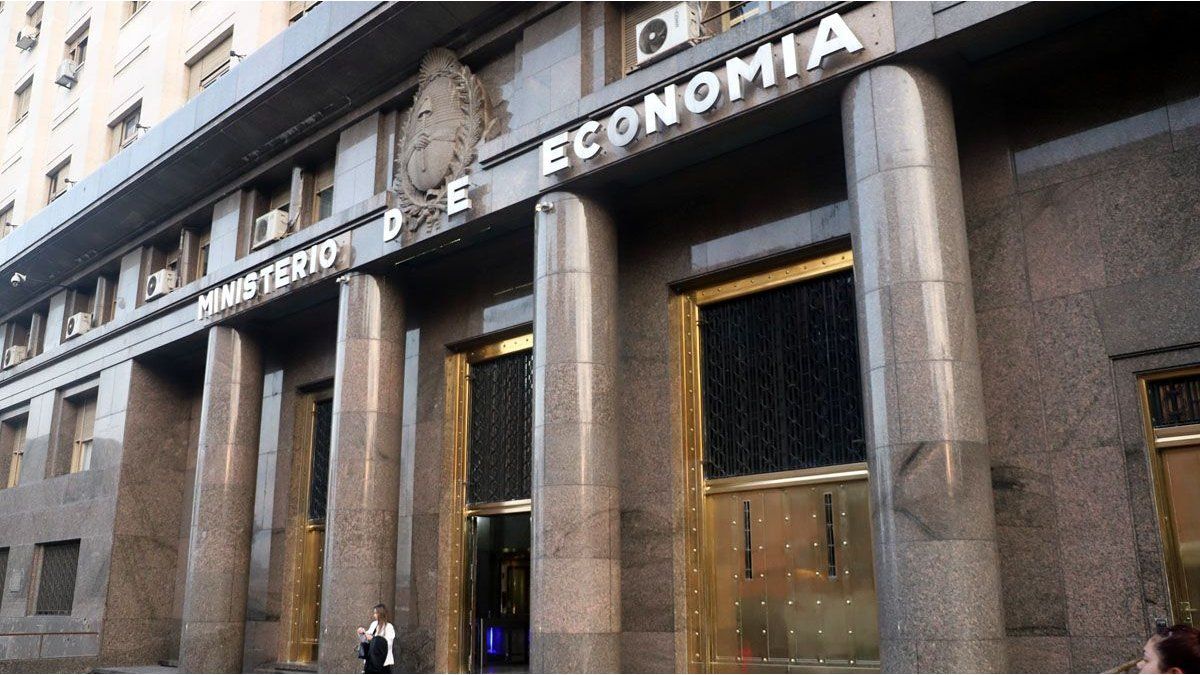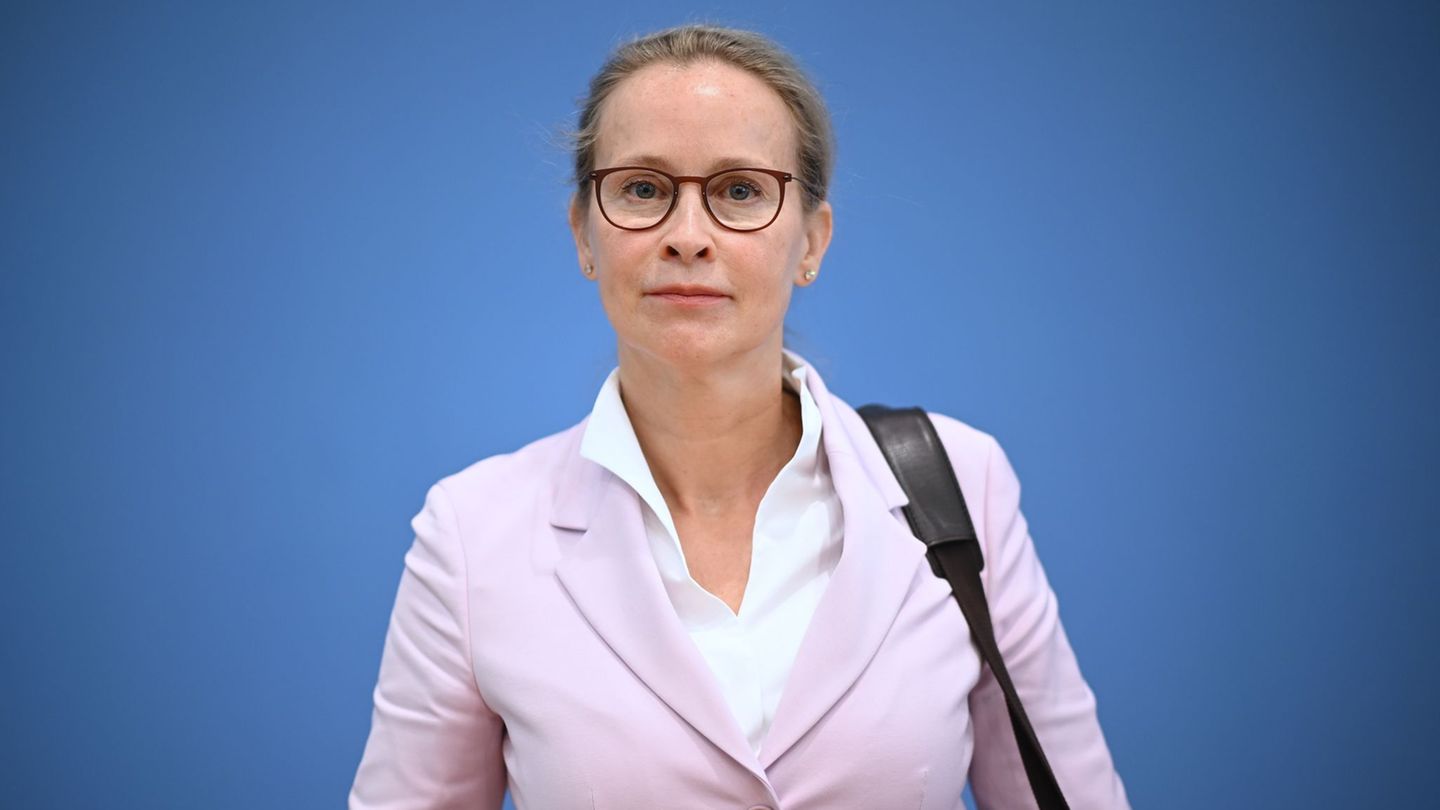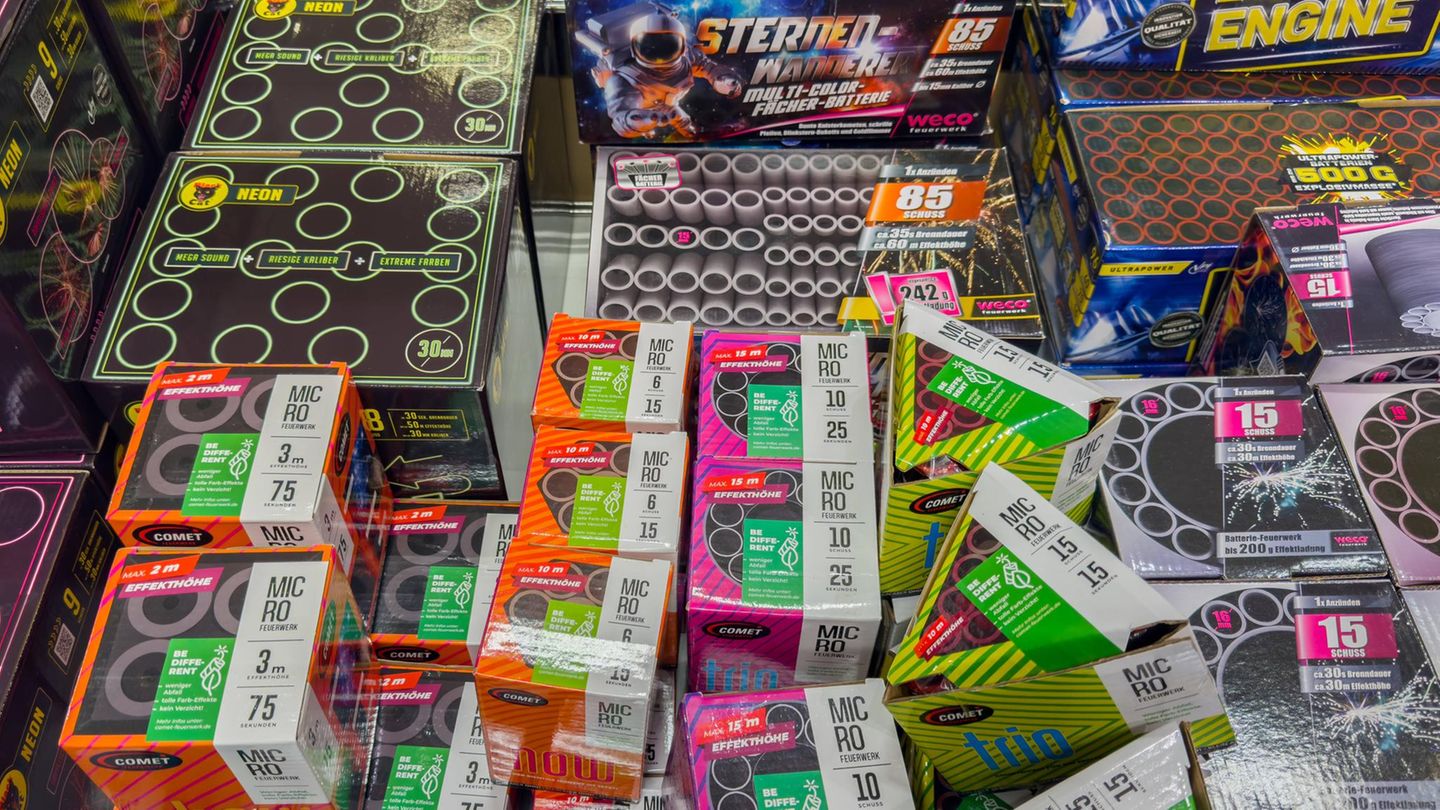Another metal present in Argentine coins and sought for casting is copper. This material also experienced a sharp increase in its price on March 7, and then fell again. However, unlike nickel, copper is worth less today (just over $9,000 per tonne) than it was at the start of the year, when it was around $9,700.
“If you dive into social networks such as Facebook or e-commerce websites such as Mercado Libre (widely used in Argentina), you can find publications announcing the purchase of pesos above the nominal value of said coins. In this way, there are advertisements that, for example, offer to pay three pesos for a one-peso coin, or four pesos in exchange for a two-peso coin. Others, for example, offer to buy quantities of coins per kilo,” they express from Cinco Días.
“The material of money in circulation in a country ends up being worth more than the nominal value of that currency in economies that go through a prolonged period of high inflation, as in the case of Argentina. Especially in the case of coins, the value of the metal increases according to its international price while the nominal value of those coins does not change. The process of increasing the international price of raw materials that we recently observed also accelerates this process of disappearance of currency in circulation”, explained Juan Ruiz, from BBVA Research consulted in the article.
The explanation lies in inflation
“Argentina ended last year with an inflation of 51.4%, according to data provided by the Indec (National Institute of Statistics and Censuses), a rise in prices that has continued to increase during this year until closing April with year-on-year inflation of 59%. “There has been a history of this phenomenon in all the economies that have undergone processes of high inflation. In Latin America, today we have the case of Venezuela, where there is little money in circulation in bolivars. And it has happened in the past in the region during the hyperinflationary processes at the end of the 1980s in countries like Peru, Bolivia, Argentina or Brazil, but currently this is not a generalized phenomenon,” said Ruiz.
Finally, to highlight the striking aspect of the article, it is that exchanging Argentine pesos in Madrid is no longer possible: “A person who wishes to exchange Argentine pesos in one of the many exchange houses that are scattered around the center of Madrid will find that none or at least almost none of them accept pesos. The reason, the Ria exchange house explains to this newspaper, “is that the stock of pesos is complete.” “People get rid of the pesos but nobody comes to buy them. When the stock is complete and we are no longer allowed to acquire pesos until we sell them”, they indicate. Other exchange houses such as Nova Cambios and Exact Change argue that the main reasons for not accepting this currency are “the great instability of the Argentine peso” and “its great devaluation.
Source: Ambito
David William is a talented author who has made a name for himself in the world of writing. He is a professional author who writes on a wide range of topics, from general interest to opinion news. David is currently working as a writer at 24 hours worlds where he brings his unique perspective and in-depth research to his articles, making them both informative and engaging.




